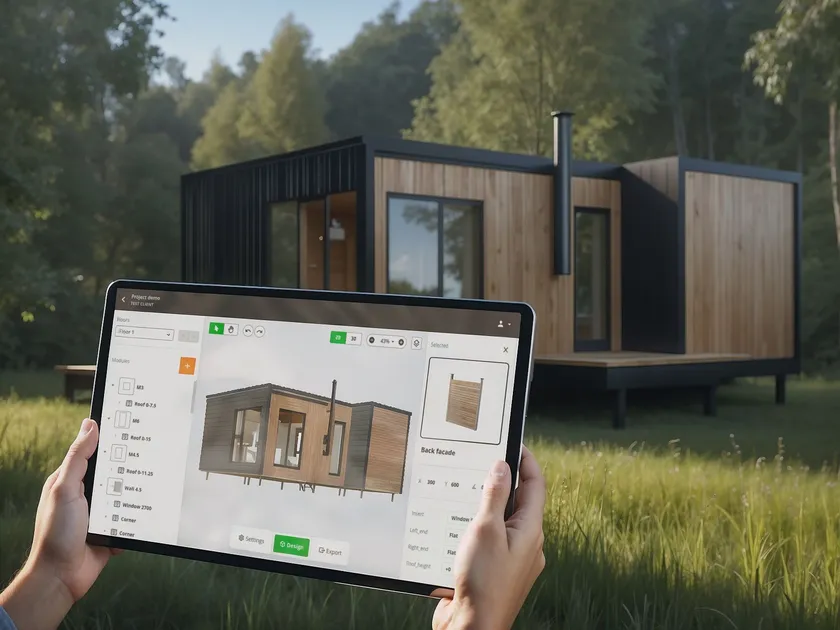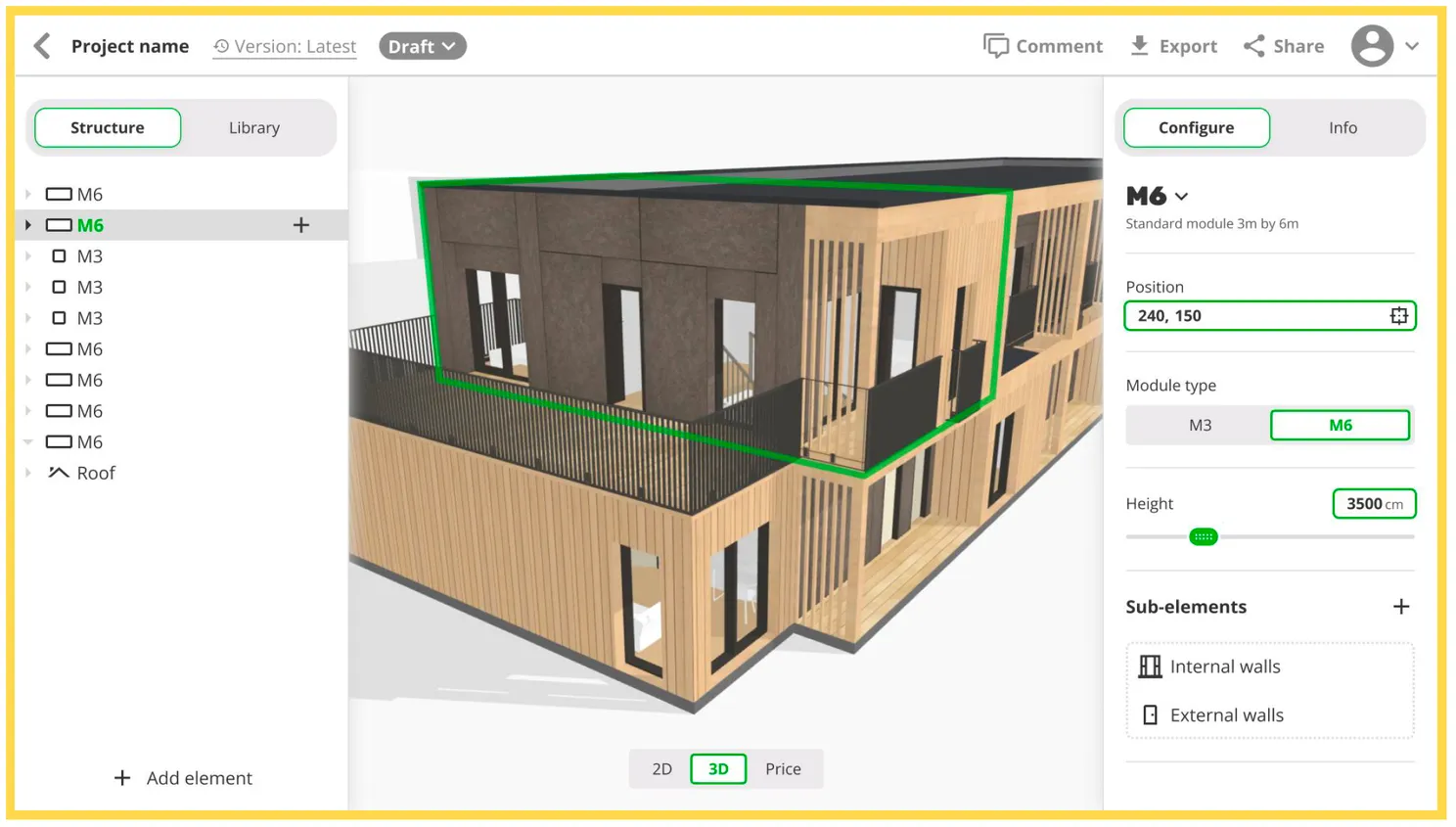A Digital-first approach to modular construction

In today’s competitive construction landscape, adopting a digital-first strategy is more vital than ever. While establishing a reliable end-to-end service can be costly, utilizing the right tools and methodologies can make it financially feasible.
The shift toward online platforms and evolving buyer expectations has prepared the construction sector to adopt a digital-first approach. Originally popularized by media and retail sectors—to combat declines in print circulation and enhance customer engagement—this strategy is now gaining traction in manufacturing. Companies like IKEA have led the way in the home decoration and furniture sector, suggesting a similar shift is imminent in construction. This transition is likely to blend industrialized production with the interactive technologies seen in online gaming, including modular design and computational analysis.
The promise of digital-first is to democratize industrialized construction, which can be optimized by incorporating it at the design phase. This requires tools that enable architects, planners, and designers to create buildings ready for production in any suitable factory. However, a significant hurdle remains: the availability of such comprehensive technologies.
 Design by Hyperfractal
Design by Hyperfractal
This challenge underscores the need to ensure that designs are modular and capable of leveraging all benefits of off-site construction. The solution? A combination of:
-
Design patterns for industrial construction systems, such as Wikihouse, 3Cycle or something else.
-
A digital end-to-end solution that spans from design to production and delivery, enhancing the modular construction service with efficiency and customer-centricity.
By integrating these elements, adopters of the digital-first approach can avoid hefty initial investments in production facilities. Instead, they can rely on existing supply networks for initial deliveries, allowing them to build their customer base and only invest in production capabilities once demand is established.
In order to prove my point, I propose to combine the configure-price-quote (CPQ) software we have developed at Creatomus, and the open source 3Cycle system developed at the Timber Architecture Research Center. The aim of this new tool is to automate many of the tedious tasks involved in the sales and engineering process, such as generating accurate and detailed proposals quickly, which effectively reduces the lead time from design to production. You can read more about the concept here https://creatomus.com/solutions/3cycle-system/